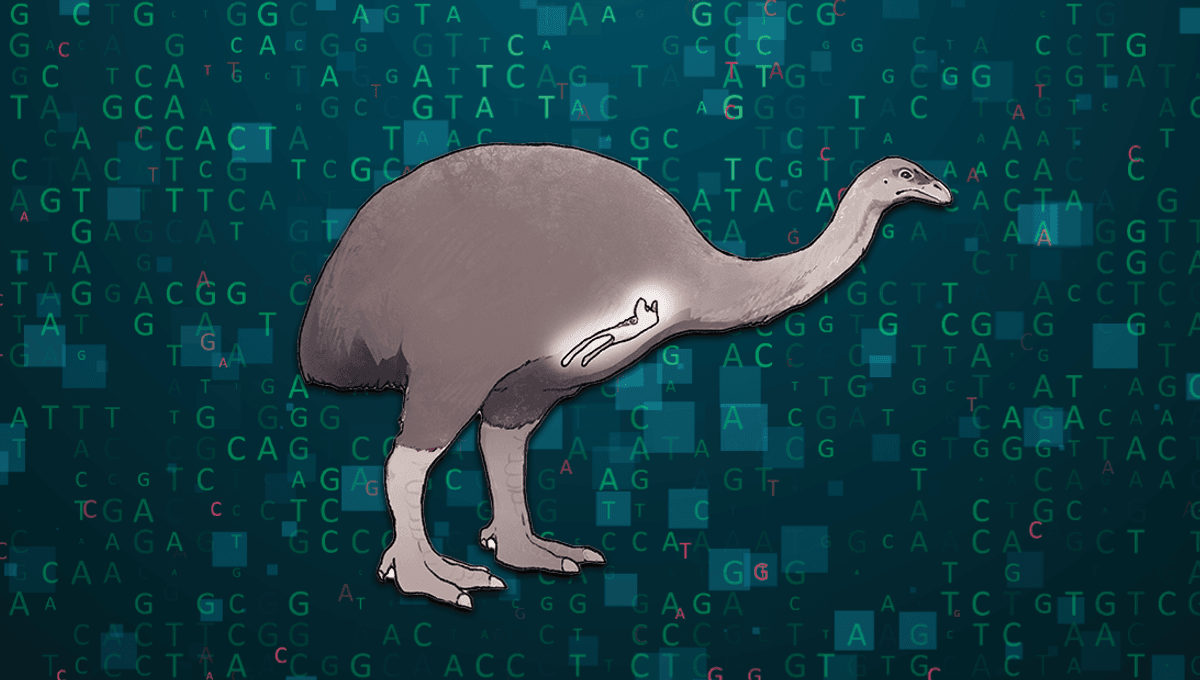
Given that they’re, y’know, dead, it’s hard to discern much about the life of extinct creatures like the little bush moa, a turkey-sized emu lookalike that strutted around New Zealand until the 13th century. But using the 21st century power to study ancient DNA, a new study has provided more clues about how the bush moa lived than we might get from fossils alone.
“With extinct species, we have very little information except what their bones looked like and in some cases what they ate,” said Scott V. Edwards, senior study author and a professor of organismic and evolutionary biology at Harvard University, in a statement. “DNA provides a really exciting window into the natural history of extinct species like the little bush moa.”
And so, Edwards and a team of fellow researchers set to producing a genome sequence – the entirety of an organism’s DNA – for the bush moa.
They did this using a method similar to that used to produce genome sequences for other extinct animals, like the woolly mammoth. DNA was extracted from a single bush moa toe bone and sequenced in short snippets.
The next step was to piece the snippets together into their correct positions. This was made slightly simpler by using the emu genome as a guide; not only is the emu related to the bush moa, but it also has a particularly well-characterized genome.
It should be noted that the resulting genetic map is a draft, meaning that there may well be inaccuracies, or bits missing that the researchers don’t know about. Nonetheless, it’s pointed to some interesting features of what the bush moa’s sensory experience may have been like.
Genetic evidence suggests that, like many birds, they had four types of cone photoreceptors – proteins in the retina that are light-sensitive and convert it into an electrical signal. The particular receptors present mean that, despite having fairly small eyes, they could see both color and ultraviolet.
And if you’ve ever wondered whether extinct birds might enjoy kimchi, the answer could be yes; the genome sequence suggests that bush moa had the full set of taste receptors, meaning they’d be able to pick up on umami.
It’s hoped that continuing to study the genome might also explain how flightless birds evolved; the bones found in birds with wings are completely absent in moa.
Bush moa, alongside the other eight species of moa, are thought to have gone extinct around 800 years ago, following the arrival of Polynesian human settlers in New Zealand – though some people have claimed that the giant moa was still kicking about in the early 1990s.
With a genome sequence in hand, could the bush moa be brought back from the grave? People are certainly trying with other extinct birds.
But that’s not the purpose of the current research, as Edwards explained. “To me, this work is all about fleshing out the natural history of this amazing species,” the researcher concluded.
The study is published in Science Advances.
Source Link: Could The Long-Extinct Bush Moa Be Brought Back From The Dead?